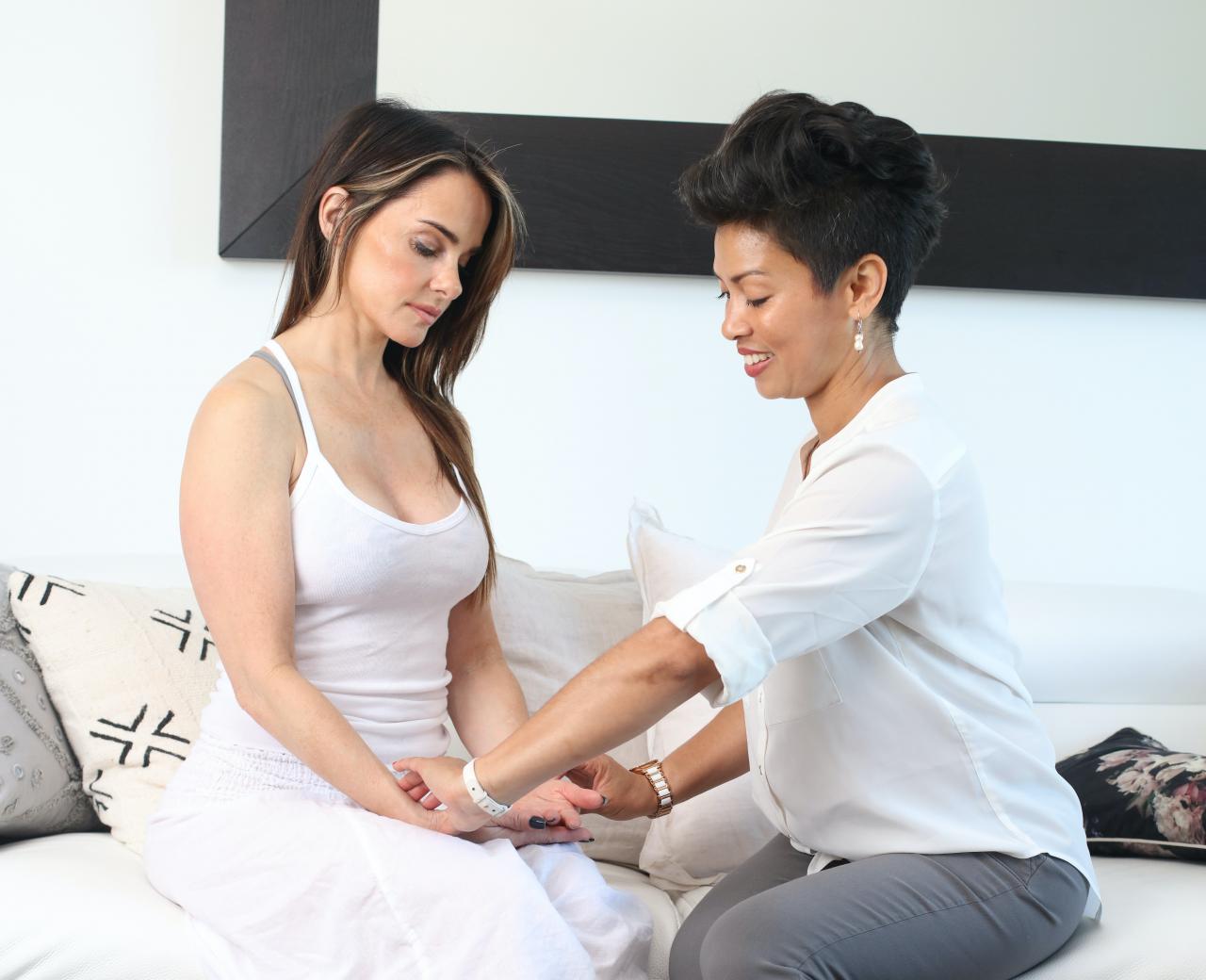Has anyone told you that you can cure illness or heal pain by pressing some specific points on your body? If you already know, then you would have guessed that we are talking about acupressure. For people who are unsure about its benefits, here we will tell you about this incredible Asian bodywork therapy.
The purpose of acupressure and other forms of Asian bodywork is to gain health and harmony to channel the body’s energy pathways, as well as to balance competing forces of yin (negative energy) and yang (positive energy). These are a couple of pointers when exploring the basics of acupressure points.
How Does Acupressure Therapy Work?
According to contemporary scientific theory, acupressure helps stimulate the nerve system, causing chemicals to be released in the muscles, spinal cord, and brain. According to research, the pressure applied to specific points disposes of negative energy accumulation while relieving the illness. These activated chemicals may alter how the brain perceives pain or impact the body’s internal regulating system, allowing it to recover itself.
What To Expect In An Acupressure Session?
Acupressure professionals gently press acupoints to apply pressure on the body’s meridians using their fingers, palms, elbows, feet, or specific instruments. Acupressure may also include flexion and extension of specific body parts or acupressure massage, among other things.
Your first session with a licensed acupressure therapist will involve a complete health history assessment. As the session proceeds, your therapist will unwind the pressure points involved in leading the therapy. You rest completely clothed on a comfortable massage table during an acupressure session that lasts around an hour.
For the most outstanding results, you may require multiple sessions. Acupressure is used to heal life energy and the body, mind, soul, and emotions. Some even claim that therapists can transmit spiritual power (external qi) to another individual.
What Are Acupressure Points?
Acupressure points are spread all across your body. Each pressure point is designated to relieve a specific illness in your body. The common pressure point is mainly found around your hand, wrist, feet, legs, torso, shoulders, and lower back.
To start with, you must sit in a calm environment and watch your breath. Take deep breaths and set a healing intention in your head. These are some of the most popular pressure points for alleviating the most prevalent ailments:
PC 6-Inner Gate point
It is located on the palm side of the forearm between long tendons. It’s two inches from the wrist’s transverse crease. Putting pressure on this point helps relieve GI upset, indigestion, nausea, and anxiety.
Sp 6-Spleen 6-Sanyinjiao-Three Yin Intersection
It is located above four fingers on the posterior end of the medial side of the tibia, immediately above the point of the medial malleolus. It effectively treats abdominal pain, diarrhea, complex periods, delayed labor, urological and pelvic disorders, and insomnia. It’s recommended to avoid this during pregnancy.
ST 36-Zusanli, Leg Three Miles
It is located four fingers below the lower and lateral border of the kneecap (patella). Pressure on this point relieves fatigue, depression, vomiting, diarrhea, gastric pain, constipation, longevity, and health.
Final Thoughts
Acupressure is a renowned method of treatment in alternative medicine. It may allow you to recover quickly and more successfully while maintaining your overall health. Yet, it is not a substitute for seeing a medical practitioner if unwell or injured. According to experts, acupressure is unlikely to have any adverse effects on the body, making it perfectly safe to perform. It’s a relatively accessible therapeutic aid because it’s non-invasive and non-pharmaceutical.

